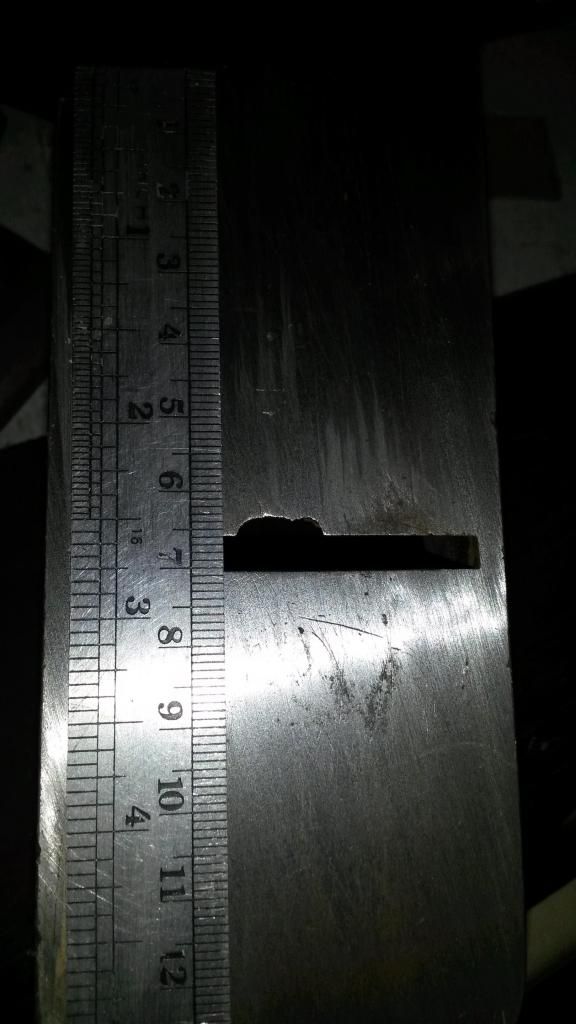Water-Mark
Established Member
Last year I bought a joblot of tools and I'm now getting to the end of it.
One of the remaining planes is a Stanley no4 with a chipped mouth, however it's an older model with the us pat apr 19-10 casting.
My question for the more experienced than me (thats pretty much every body on here ) is can it be saved or is it even worth trying?

One of the remaining planes is a Stanley no4 with a chipped mouth, however it's an older model with the us pat apr 19-10 casting.
My question for the more experienced than me (thats pretty much every body on here ) is can it be saved or is it even worth trying?




































